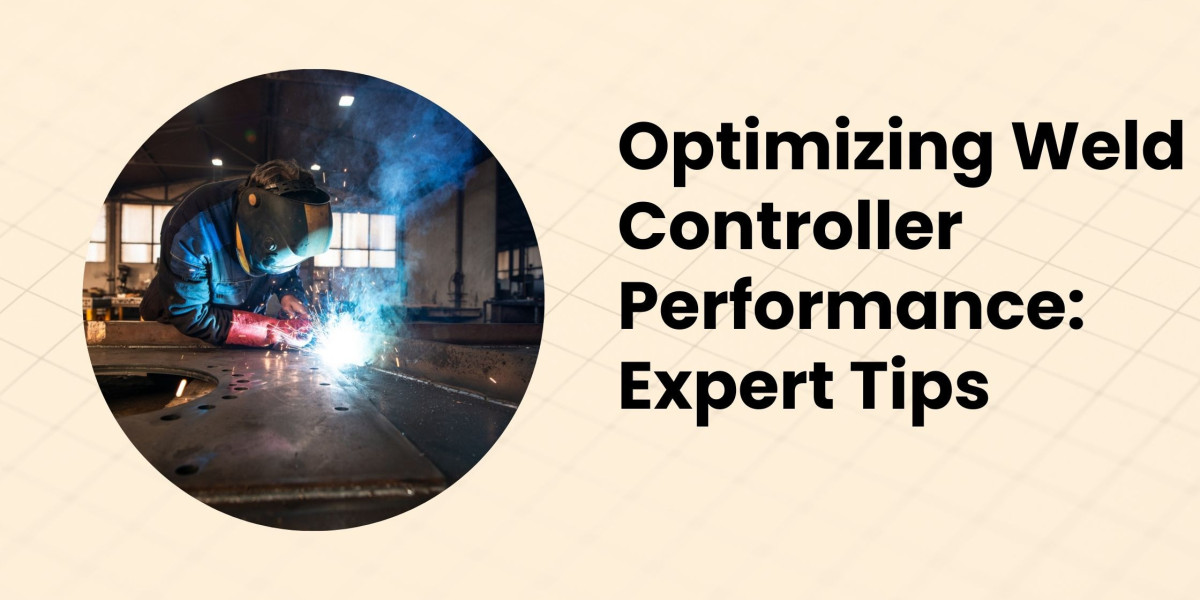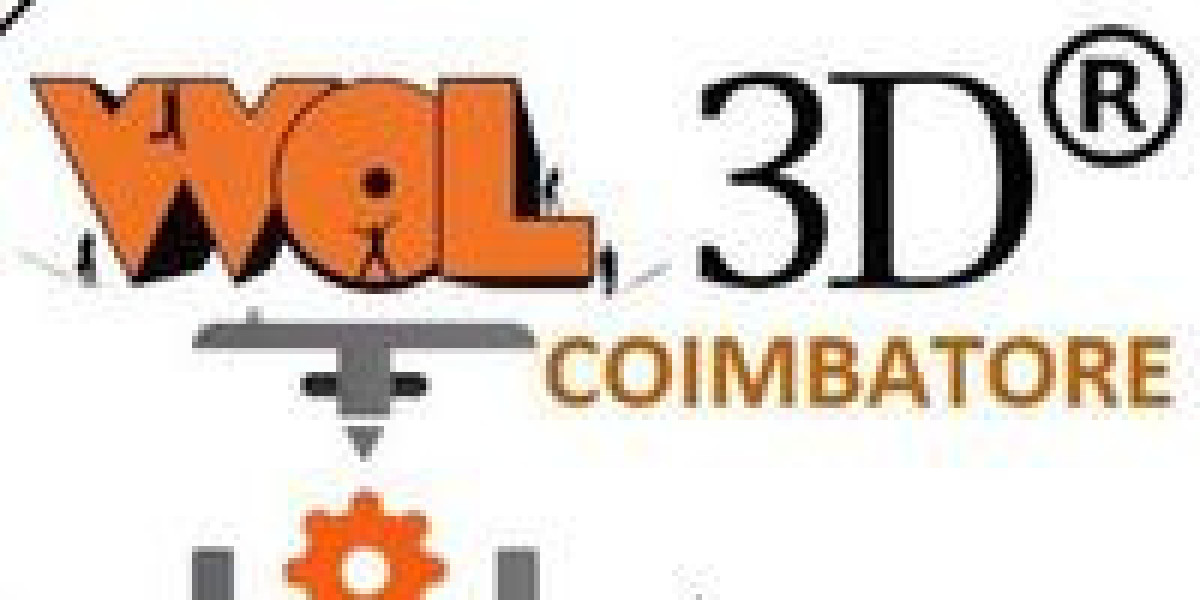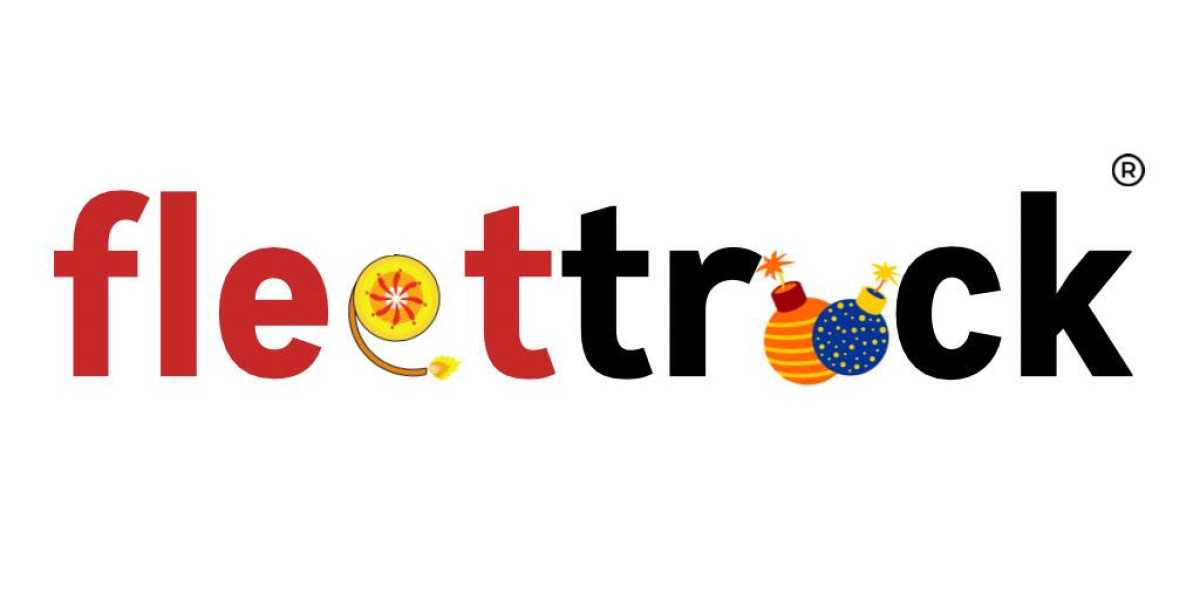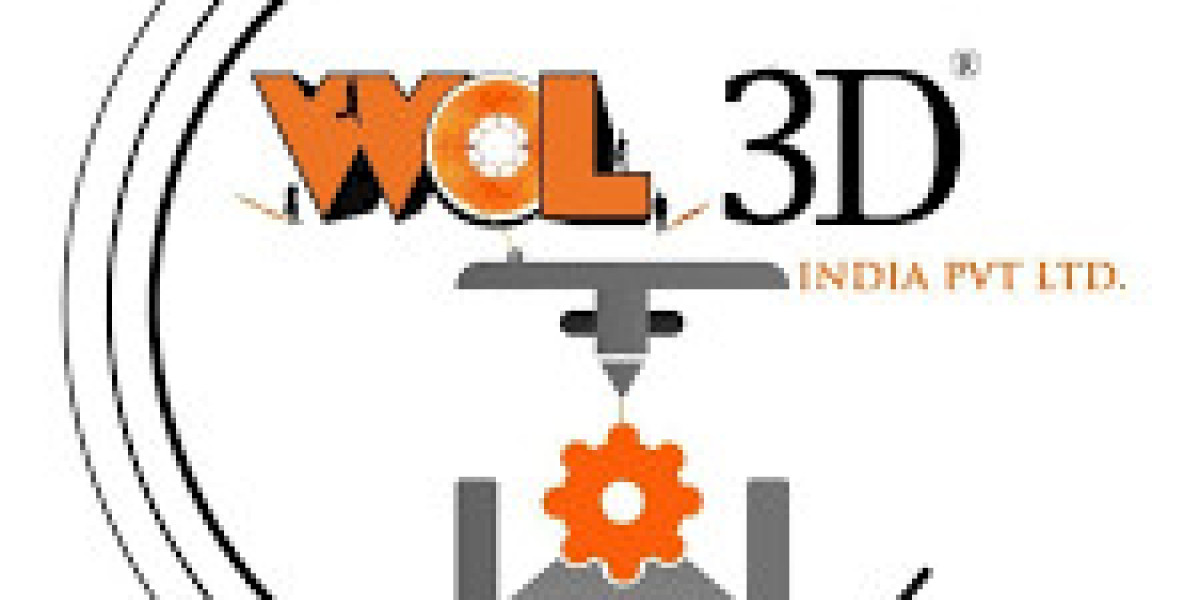Welcome to Proteus Industries Inc., where we delve into the intricacies of optimizing weld controller performance to enhance efficiency and productivity in welding operations. As leaders in industrial control solutions, we understand the importance of maximizing weld controller capabilities to achieve superior weld quality and consistency. This comprehensive guide will share expert tips and strategies for optimizing weld controller performance, empowering manufacturers to elevate their welding processes to new heights.
Understanding the Role of Weld Controllers in Industrial Welding
Weld controllers play a critical role in industrial welding processes as the central hub for controlling parameters such as current, voltage, and wire feed speed. These parameters directly impact weld quality, penetration, and overall performance. By fine-tuning the settings on the weld controller, manufacturers can achieve precise control over the welding process, resulting in more robust, more reliable welds.
Weld Controller: Key Components and Functionality
A typical weld controller comprises several key components, including power sources, control panels, and interface devices. Power sources generate the necessary electrical energy for welding, while control panels allow operators to adjust parameters and monitor the welding process in real time. Interface devices, such as touchscreens or digital displays, provide intuitive control and feedback, enhancing user experience and efficiency.
Expert Tips for Optimizing Weld Controller Performance
To maximize the performance of a weld controller, manufacturers can implement the following expert tips:
Calibration and Maintenance: Regular weld controller calibration and maintenance ensure accurate readings and consistent performance.
Parameter Optimization: Fine-tuning welding parameters such as voltage, current, and wire feed speed based on material type and thickness enhances weld quality and penetration.
Advanced Welding Techniques: Implementing advanced welding techniques such as pulse welding or waveform control can improve weld aesthetics and reduce distortion.
Read more: Maximize Efficiency: Water Saver Systems Demystified.
Conclusion
In conclusion, optimizing weld controller performance is essential for achieving superior weld quality, consistency, and productivity in industrial welding operations. By following expert tips and leveraging advanced control solutions from Proteus Industries Inc., manufacturers can elevate their welding performance to new heights, driving innovation, efficiency, and competitiveness in the market. Refrain from settling for mediocre welding results. Unleash the full potential of your welding operations with optimized weld controllers from Proteus Industries Inc.
Addressing Frequently Asked Questions (FAQs) about Weld Controller Performance
- What is a weld controller, and how does it work?
A weld controller is a device that regulates welding parameters such as current, voltage, and wire feed speed to control the welding process and ensure optimal weld quality.
- Why is optimizing weld controller performance important?
Enhancing the performance of weld controllers enhances weld quality, consistency, and productivity, resulting in reduced costs and increased competitiveness.
- How can I troubleshoot common issues with a weld controller?
Proper calibration, maintenance, and parameter adjustment can often resolve common issues with weld controllers, such as erratic arc behavior or inconsistent welds.
- Can a weld controller be integrated with other welding equipment?
Yes, weld controllers can be integrated with other welding equipment, such as robotic arms or fixtures, to create automated welding systems.
- What are the benefits of digital weld controllers over analog controllers?
Digital weld controllers offer greater precision, flexibility, and control over welding parameters compared to analog controllers, resulting in improved weld quality and productivity.
- Is training required to operate a weld controller?
While a weld controller's essential operation may be intuitive, specialized training may be necessary to utilize its features and capabilities fully.
- Can a weld controller improve energy efficiency in welding operations?
Optimizing welding parameters with a weld controller can reduce energy consumption and minimize waste, improving energy efficiency.
- Are weld controllers suitable for different welding processes?
Weld controllers can be tailored to various welding processes, including MIG, TIG, and stick welding, to optimize performance and weld quality.
- How often should a weld controller be calibrated?
Weld controllers should be calibrated regularly according to manufacturer recommendations and industry standards to ensure accuracy and reliability.
- Can Proteus Industries Inc. provide custom solutions for weld controller optimization?
Yes, we offer custom solutions for weld controller optimization tailored to each customer's needs and requirements.








